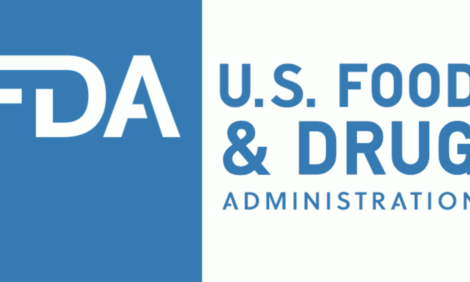



EC: Simple, Clear, Modern Feed Marketing Rules
EU - The European Commission adopted today a proposal for a Regulation which considerably simplifies the existing procedures for labelling and marketing animal feed and pet food, while making the overall system more efficient and maintaining the same high level of protection of animal health, animal welfare and public health.The EU livestock sector, which contributes to almost half of all EU agricultural output, will benefit from modernised rules that will help promote its competitiveness. The freedom of the feed industry to innovate will also be boosted by these changes - the compound feed and pet food industry represents a turnover of roughly €50 billion in the EU. Finally, the 62 million households in the EU that own pets will be in a better position to evaluate the real content of the pet food they buy. Simplifying the rules
The proposal aims to greatly reduce "red tape" for feed operators by removing unnecessary administrative burdens and technical requirements, which are no longer necessary since an integrated food safety approach has now been implemented from farm to fork. Pre-market authorisations are to be made proportionate to risks and no longer based on pre-defined feed groups, such as products acting as proteins sources ("bio-proteins").
Tailoring the requirements to the customer
The draft Regulation sets out certain general provisions for the labelling of all feed, such as the need to indicate the type of feed, the name and address of the operator, the list of feed additives and the net weight. On top of this, specific mandatory labelling requirements are laid down for feed materials, compound feed (including pet food) and "dietetic" feed. Any claim attached to a feed must be properly substantiated. "Dietetic" feed must be included on a list of evaluated intended uses.
With regard to pet food, the labelling requirements are tailored to the needs of pet owners, who do not require the same level of detail as farmers on the composition of feed or the scientific name of feed additives. Labels on pet food must carry a telephone number that customers can call for more information on the contents if desired.
Updating compound feed rules
The way existing rules on the declaration of the raw materials used in mixed, compound feed for food producing animals have evolved, has led to an unsatisfactory situation for both feed producers and users. For example, at the moment, all feed materials used in a certain compound feed have to be labelled as a % of the total weight, but with a tolerated margin of error of +/- 15%. However, the feed user cannot get the real percentage of content which hides behind the labelled percentage.
Consequently, the proposal increases the accuracy of the indication of feed materials incorporated in compound feed by requiring the indication in the exact descending order of weight. At the same time it removes unnecessary and inefficient labelling obligations: it is now proposed that the requirements to label ingredients are in line with those requested for food.
More entrepreneurial initiative
The draft Regulation transfers the initiative for updating the EU's list of feed materials, specifying the most relevant compounds used in feed, from the legislator to stakeholders. This creation of a Community Catalogue of feed materials takes into account the fact that feed producers, in cooperation with feed users, can prioritize better the need for specification of the products they deal with. Thus, market transparency will be improved, because the list of feed materials will better reflect current formulations and more quickly incorporate innovations such as co-products from bio-fuel production.
Stakeholders will also be encouraged to develop EU codes for good labelling practice in the context of voluntary labelling provisions, for example on how much chicken a pet food contains if it is labelled "with chicken", or on how feed additives are labelled.
The Commission will retain control over the catalogue and codes as the draft Regulation requires their prior approval by the Commission.
Further Reading
| - | You can view the full report by clicking here. |








